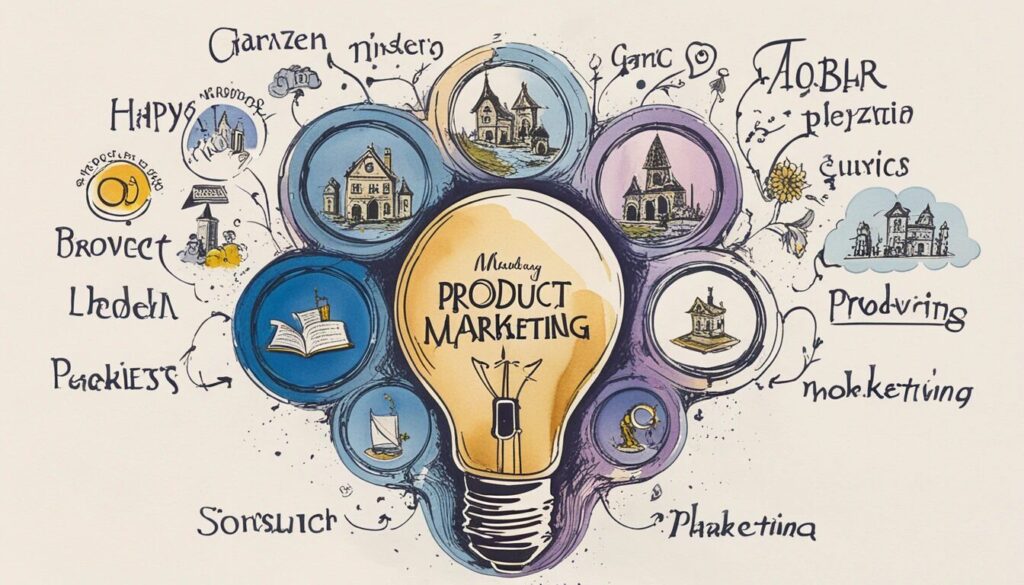The Secret Sauce of Marketing: Why Storytelling Sells
Picture this: your product is a diamond in the rough, a game-changer waiting to shine. But instead of dazzling buyers, you’re stuck reciting specs and stats like a robot reading a user manual. Yawn. Now imagine wrapping your product in a story so compelling that your audience doesn’t just listen—they lean in, feel every word, and can’t wait to buy. That’s the magic of storytelling in marketing.
Storytelling isn’t just a buzzword; it’s the oldest trick in the book, dating back to when humans first gathered around campfires. And guess what? It works just as well in marketing as it did in prehistoric caves. Why? Because stories make us feel, and feelings drive decisions. Let’s dive into how you can wield the power of brand storytelling techniques to create a product narrative that doesn’t just sell—it sticks.
Why Storytelling in Marketing Works Like a Charm
- It triggers emotions, not just thoughts. People buy with their hearts and justify with their heads.
- Stories make products relatable. They turn cold features into warm, human experiences.
- They’re memorable. Stories stick like glue, while facts evaporate like morning mist.
- They inspire action. A great story doesn’t just inform; it moves people to act.
Let’s face it: facts and figures are boring. No one remembers that your product has “20% more efficiency.” But tell a story about how your product helped a single mom reclaim hours with her kids, and watch the sales roll in. That’s the power of effective sales storytelling. It’s not about what your product does—it’s about what it means to the customer.
The Building Blocks of a Killer Product Narrative
- The Hero: Spoiler alert—it’s not your product. It’s your customer.
- The Villain: The problem, pain point, or challenge your customer faces.
- The Guide: That’s where your product steps in as the trusty sidekick.
- The Transformation: The magical resolution your product delivers.
Think of your product narrative as a classic hero’s journey. Your customer is Frodo, the problem is Sauron, and your product? It’s the trusty Samwise Gamgee, helping them conquer obstacles and win the day. Done right, product narrative development turns your brand into more than a solution—it becomes a partner in your customer’s story.
Brand Storytelling Techniques That Hit the Mark
- Showcase real customers. Let their stories do the selling for you.
- Tap into nostalgia. Old-school memories evoke strong emotions.
- Make them laugh. Humor builds connection and keeps your brand top of mind.
- Create suspense and excitement. Anticipation turns interest into obsession.
Take a page from brands like Apple or Nike. Apple doesn’t just sell gadgets; it sells creativity, connection, and freedom. Nike doesn’t just sell shoes; it sells the audacity to dream big. These brands don’t just tell stories—they create movements. And they do it by making their customers feel like the hero of an epic tale.
Emotional Connection Through Storytelling: The X-Factor
- Oxytocin is your secret weapon. This “trust hormone” makes people feel connected to your brand.
- Stories forge loyalty. Customers who feel something are more likely to stick around.
- Emotions drive decisions. Logic informs, but feelings persuade.
Want proof? Look at Guinness and its “Made of More” campaign. Instead of just selling beer, they sold values—friendship, perseverance, and character. The result? A brand that’s not just consumed but cherished. That’s the kind of emotional connection through storytelling that every marketer dreams of.
Crafting a Product Narrative That Converts
- Get crystal clear on your core message. What’s the one thing your product changes?
- Speak to the pain. Highlight the problems your audience is desperate to solve.
- Be consistent. Your story should be seamless across every channel.
- Show, don’t tell. Use vivid examples instead of bland claims.
Consider Airbnb. They don’t harp on about booking efficiency or pricing. Instead, they show travelers finding unique stays and forging unforgettable connections. That’s product narrative development done right—turning a service into an adventure.
Storytelling: The MVP of Your Sales Strategy
- It builds trust. A relatable story does more for credibility than any sales pitch.
- It lowers defenses. People are more receptive to stories than hard sells.
- It sets you apart. In a sea of sameness, a great story is your lighthouse.
Sales reps who embrace storytelling close more deals because they connect with buyers on a personal level. Instead of saying, “Our software improves productivity,” they say, “Meet John, who doubled his team’s output and finally had time to take a vacation.” It’s the same message, but one makes you yawn, and the other makes you care.
The Bottom Line: Stories Trump Features Every Time
In today’s noisy, cluttered market, consumers aren’t just buying products; they’re buying feelings, visions, and identities. That’s the power of storytelling. It’s not just a marketing tactic—it’s the heart of an effective strategy. So, the next time you’re tempted to list features, stop. Instead, ask yourself: what’s the story behind this product? Who’s the hero? What’s the transformation?
Master the art of storytelling, and you won’t just sell—you’ll inspire. You’ll create customers who don’t just buy from you but believe in you. And that, my friend, is the ultimate win.
